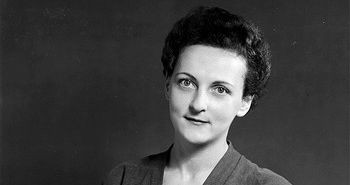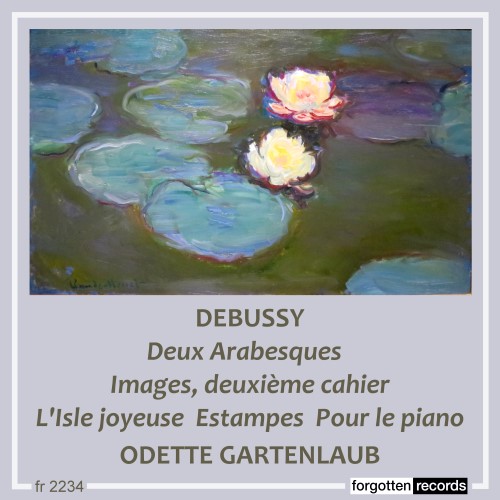Where is your happy place? Debussy’s 1904 work L’isle Joyeuse seems to kidnap us, fly us through the air, and deposit us in a world of warm breezes, blue skies, perhaps a fluffy cloud or two, and, of course, surrounded by all our friends.
Although those giving only a cursory look at Debussy’s biography pin this work to his elopement with Emma Bardac to the isle of Jersey (after sending his wife back to her parents in Normandy), but the work was written over a year earlier. Debussy, in writing to a performer who sought help on how to approach his music, suggested that he think of the world of the imagined faraway land, such as Watteau’s L’embarquement pour Cythère.

Watteau: L’embarquement pour Cythère, 1717 (Louvre Museum)
The picture is a blend of happiness and sadness: the three pairs of lovers shown in the right foreground, or rather the same couple in three aspects of love: New Love, Familiar Love, and the look back with regret at how it all started. This same mix of joy and regret is in Debussy’s work as well. There’s a ‘smiling ambiguity’ that besets both the painting and the music.
Debussy opens with trills and a cadenza, but it is not that which sets the key: the use of the whole-tone scale has an earlier precedent from its use in the ‘darker moments in Pelléas et Mélisande’.
The work progresses from a small, localised trill to a final gesture, much in the manner of Liszt, that encompasses the whole keyboard. It’s pure imagination and happiness, yet with a bit of a twinge.
Claude Debussy: L’Isle Joyeuse

Odette Gartenlaub
This recording was made in 1961 by the French pianist Odette Gartenlaub. She had studied at the Paris Conservatoire with the leading composers of her time, including Olivier Messiaen, Henri Busser, Noël Gallon and Darius Milhaud. She won the Prix de Rome in 1948 after having to leave the conservatoire in 1941 when the German occupiers banned all Jews from the institution. In 1959, she was a professor of piano at the Conservatoire. Her work at the Conservatoire embraced the new ideas of music practice over music theory.

Performed by
Odette Gartenlaub
Recorded in 1961
Official Website
For more of the best in classical music, sign up for our E-Newsletter
